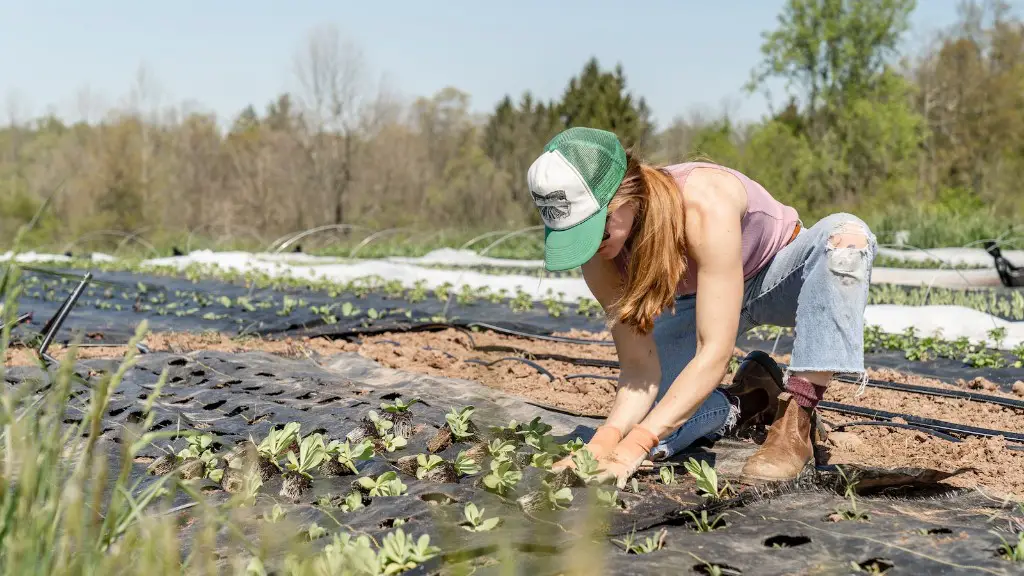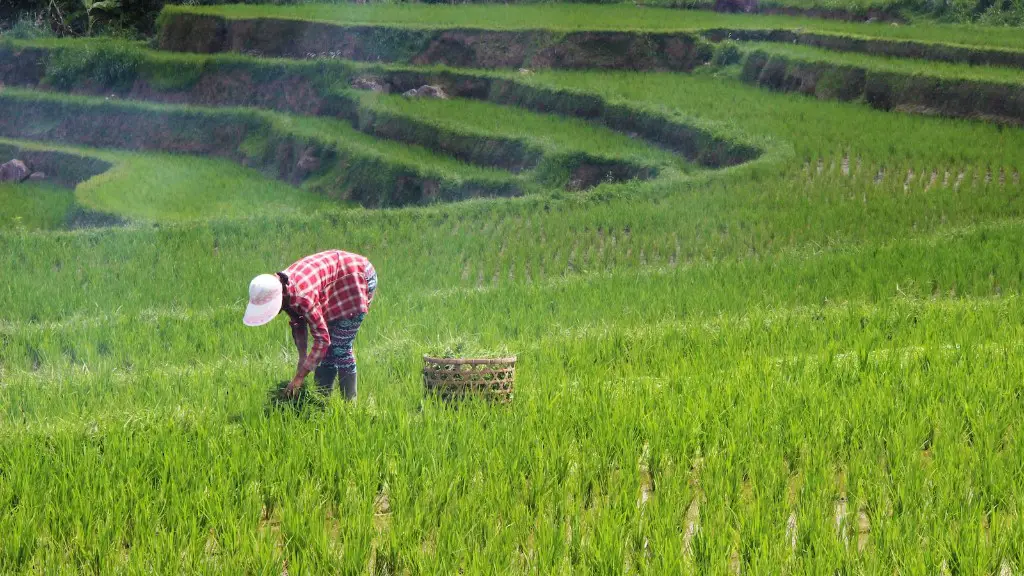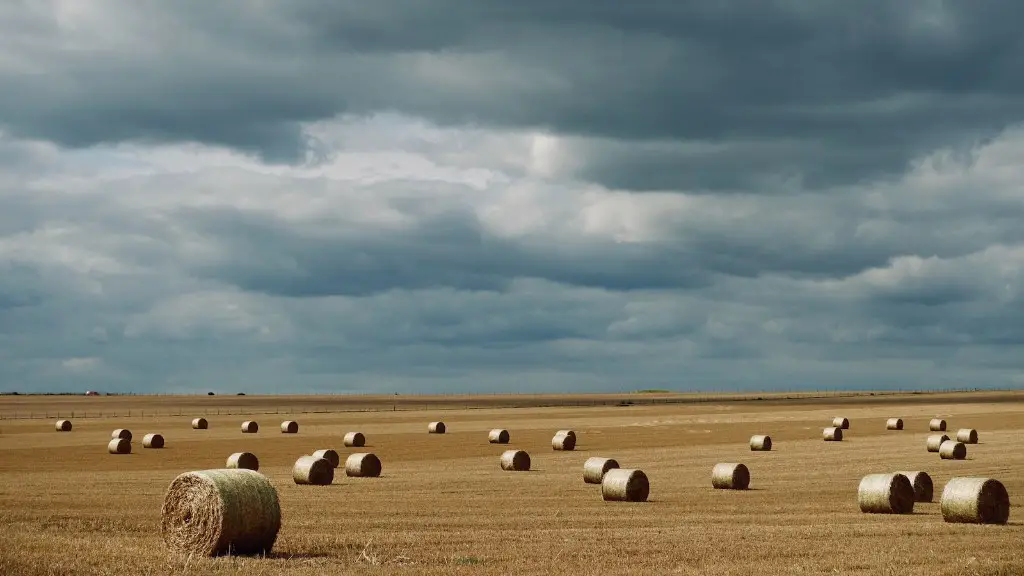Agriculture is a thriving and essential industry, with one of its major components being hay. Hay is more than just a fibrous product used to feed animals, as it is also an indispensable rotation crop that provides many environmental benefits. This article will go through what hay is, how hay is harvested and stored, the value of hay for livestock, agronomic benefits of hay, and the economics of hay.
What is hay? Hay is a coarse, dry, rough grass, a legume and some other herbaceous plants that have been cut and cured for later consumption by animals and humans. When hay is cut, it is usually cut with a mower or swather and placed in windrows, where it is dried in the sun. After the hay is dried, it is baled and made into rectangular shapes using a baler. The final product is hay, ready for storage and ultimately, use by a variety of species.
Harvesting and storing hay is a time-consuming process. Once the hay has been cut and dried, it should be stored immediately in a hay loft or haystack, as it is susceptible to damage from rain and rot. Hay should also be protected from rodents, insects, and birds, as these can ruin an entire crop. As the hay bales are moved to their storage location, the hay should be inspected for spoilage and mold, as it can quickly deteriorate if not cared for correctly.
The value of hay to livestock is undisputed, as it serves as a dietary source of nutrition. Hay is also a much less expensive way to provide nutrition to animals than grain and corn, which can quickly become expensive when fed in large quantities. Furthermore, hay provides a horse with the necessary roughage for proper digestion, and its slow-release energy makes it an ideal energy source for animals that are active in the evening or under stress.
Agronomic benefits of hay include improved soil health and structure, reduced soil erosion, water conservation, nutrient recycling, and weed suppression. Put simply, hay crops help to prevent soil from becoming compacted, control erosion and runoff, build organic matter, and serve as natural fertilizer in the soil. These benefits make hay an attractive option for both crop rotation and pasture grazing.
The economics of hay means that it is often a more economical choice than other feed alternatives such as grain or corn. Growing hay also yields numerous environmental benefits, such as erosion control and improved soil fertility. Although hay is more labor intensive than other feeds, it typically outweighs its cost in the form of much less expensive feed and improved soil health.
Types of Hay
There are many types of hay available, each with its own characteristics and benefits. Grass hay is among the most common type of hay, and is comprised of mostly grasses, with or without clovers or other legumes. It is usually cut and dried before baling, and is an excellent source of nutrition for horses and livestock. Other types of hay include mixed hay, legume hay, and alfalfa. Mixed hay contains various types of grasses and legumes, and is usually used for horses that are unable to digest mixed forages. Legume hay is usually high in protein, and is often given to young animals or those under stress. Alfalfa hay is high in protein and calcium, and is often used as an energy source for horses and dairy cows.
Nutritional Values of Hay
Nutritional value is an important characteristic of hay, as it will directly affect the animals’ health and performance. Hay can be tested for nutrients such as protein, calcium, phosphorus and other minerals. The nutritional contents of hay will vary depending on the type of hay, the environment in which it is grown, and the stage of maturity at which it was cut. Processing the hay in some way can also lower or raise its nutritional content. For instance, hay that has been soaked in water or silage may contain a different nutritional content than dry hay.
Transporting Hay
Transporting hay from the farms and ranches where it was grown to the user requires specialized knowledge and care, as hay must be kept dry and secure. It is important that the hay be handled with care, as bumping, jarring, or other rough handling can damage the hay and reduce its nutritive value. In addition, hay should be kept ventilated and clean, or it may spoil or mold.
Waste Reduction
Hay that is not utilized or managed properly can lead to multiple forms of waste. Wastage can occur from improper stacking, equipment damage, mold contamination, or the introduction of insects and pathogens. To avoid wasting hay, producers should take steps to properly stack and store the hay correctly, inspect the hay for spoilage or mold, and keep it dry, clean, and away from rodents, birds, and other animals.
Proper Use of Hay
Hay must be fed on a regular basis in order to keep animals healthy and in peak condition. In order to ensure proper utilization of hay, producers should pay close attention to the feed value of the hay, as well as the level of moisture and nutritional content. The amount of hay to be fed to animals will also depend on the type of animal, its size, and its lifestyle.
Conclusion
Hay is still an essential component of agricultural production and its uses are nearly endless. Not only is it a valuable feed source for animals, but it can also provide numerous ecological benefits that make it a valuable addition to the agricultural landscape. With proper harvest, storage, and handling, hay can be utilized to the fullest and provide vast benefits to producers and animals alike.



